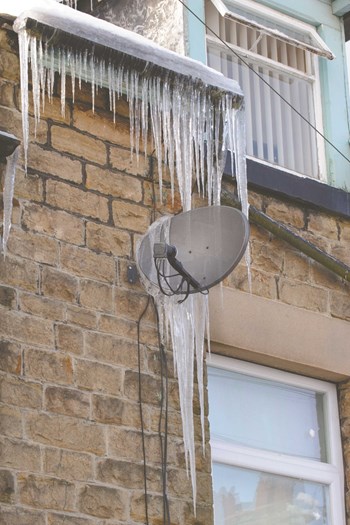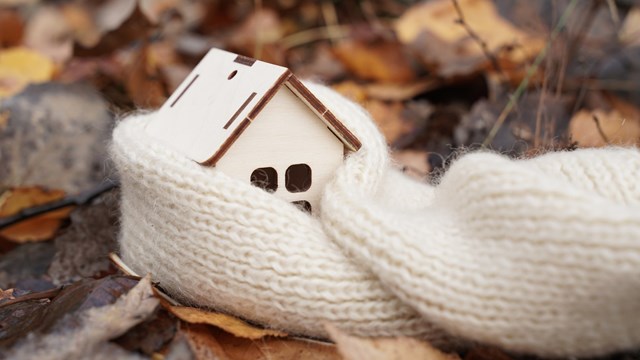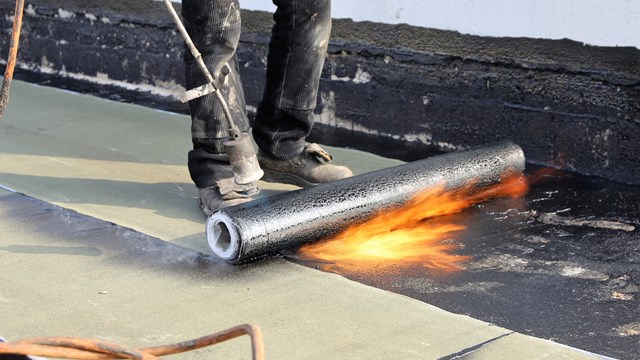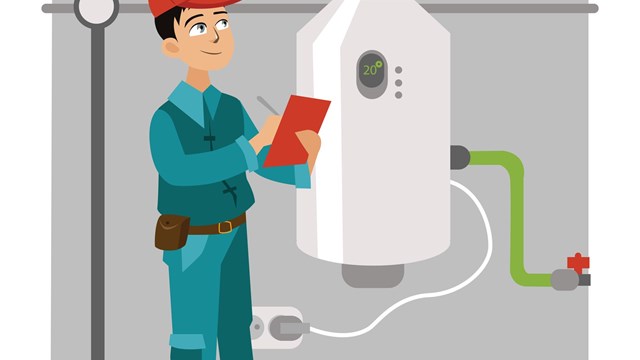
The sun is hot and people are thinking about beaches and cooling off in pools and air conditioners, and surely the last thing anyone wants to think about is that brutal winter of snow and ice we just had.
But this is precisely the time a condo or co-op needs to start thinking about winterizing their building and getting it ready for the next set of winter months.
“Good winterization begins well before the winter arrives. As a cost-cutting or preventative measure, all mechanical devices must be maintained and serviced if necessary before the cold weather arrives,” says Peter Grech, a building operations consultant, a resident super, and education coordinator with the New York City Superintendents Technical Association. “If the temperature outside goes below 55, it may be too late.”
Let’s face it, winter is the hardest season of the year in terms of wear-and-tear on buildings. Ice collects in cracks and spaces between bricks and masonry and contributes to façade deterioration, salt stains and chews up metal and marble finishes, boilers and steam pipes work overtime, and colder temperatures and more hours of darkness equal higher heating and electrical costs.
Winterizing Windows and Cement
When there’s water penetration or water migration coming into a building around window frames, those areas have to be maintained before winter and should be looked at before fall ends.
“You need to make sure all the sealant around the windows are soft, pliable and still have some elasticity to them,” says Wayne Bellet of Bellet Construction Co. Inc. in Manhattan. “If your caulking is brittle, you’re going to have problems all winter long and what’s unfortunate about that is, you won’t be able to fix it even if you wanted to because the weather will be inclement.”
Also with windows, there is a little piece of metal over every single window head, which is a steel lintel that supports the brick above the window.
“They rust, bow and eventually fail,” Bellet says. “If they rot, the bricks above them will become loose and it can cause water penetration. You need to do this before winter hits and you have water leakage. This is a more expensive repair that involves scaffolding and includes more extensive work done by a professional.”
So, what if an emergency situation arises and cement work does need to be done?
“You are really bending the rules when you tell me you want to do quality construction repair in the winter,” Bellet says. “There are additives and supplements you can put into the mortar mix, you can put sealant and asphalt into spare bulkheads, but depending on how cold it is outside, you have a very short window of usability. Not to mention the human aspect of how crummy it is and how uncomfortable the worker is. If it’s not ideal conditions, you shouldn’t be doing it. It could be compromised.”
That’s why it’s important to do the maintenance work and any cleaning beginning in April or May.
Watch the Heat
With energy prices climbing and many buildings watching their purse strings more closely than ever, conserving heat has become a serious concern for boards and building staff as well. According to Grech, there are a number of measures that a building staff and individual owners can take to ensure that heat is staying inside the building.
“You need to search for areas where heat can escape,” he says. “Locate the areas where air infiltrates the apartment. Windows and terrace doors are big culprits. You have to check the gap between the bottom of the door and the saddle, as well as the gap around the doorframe. For a reasonable amount of money, you can weather-strip the door, not only to save money, but to improve the comfort level.”
Grech also suggests checking the basement to make sure not air or heat is escaping.
“A simple way of inspecting the basement is by taking a lit candle down there to check for drafts,” Grech says. “If the candle flame moves, then you know air is moving. For individual apartments, you can put a candle by the window—if it’s flickering or moving, you know air is getting in. Or you can go with the new way, where you buy an expensive infrared thermometer and see where the heat is escaping.”
During the heating season, building personnel should closely monitor fuel consumption in reference to past consumption for similar degree days and any notable increase should be addressed immediately.
All steps in winterizing are important, but there are things that need to be done every year or trouble could arise.
“While there really is no one single most important thing to prepare for winter, if I had to choose one, it would be the heating plant,” Grech says. “Boilers must be tuned, cleaned, and tested for heating production before winter arrives. Second, and equally most important, is to make sure all water lines that are exposed to the weather are shut down and drained.”
Boiler Basics
One of the most important parts of winterizing is making sure your building’s boiler will operate properly throughout the long winter.
According to Bill Jebaily, owner of Aggressive Energy & Mechanical Group in Brooklyn, an oil burner overhaul is necessary because maintenance is key to saving the equipment and will save a building money in the long run.
“The bottom line is that an eighth-of-an-inch of soot inside a boiler will significantly reduce the efficiency of the boiler, thereby causing excessive use of fuel and can reduce the efficiency at 20 to 30 percent,” he says. “If a building is spending $100,000 a year on fuel, now it’s spending $120,000, and that’s what should get people to move and do this.”
Since 70 percent of oil is used during the five winter months, having your boiler winterized between the spring and fall seasons is vital and will save a building money in the long run.
“This is the time to do an overhaul on the boiler, which is basically breaking the oil burner or gas burner down, changing any wear and tear on parts and cleaning all the components thoroughly to be as close to new as possible,” Jebaily says. “In addition to that, we brush and vacuum every boiler prior to doing the boiler overhaul.”
The waterside of the boiler has to be cleaned as well. This removes scale, sediment and mud, which if not cleaned, can result in weakening the boiler.
Going Up
Along with windows and the HVAC system, a building's roof is another crucial component in its ability to resist the cold. They typical flat roof should be prepared with an ultraviolet roof coating before October, says Bellet. The coating is a petroleum-based product that can literally be painted onto the roof. It has the viscosity of oil and contains reflective silver additives. “This creates a barrier that will insulate your building and protect it against ice and snow,” Bellet says. “It’s inexpensive and you get incredible coverage.”
Additionally, roof drains should be cleared to prevent blockages that could cause a slushy area—and possibly a leak—once winter snow hits. Once the snow is over you can check for leaks, that the windows and doors are intact, that the brick joints are sound and that the flash points around the perimeter are safe. “In addition, I would check all the exterior and interior pipes,” he says. “A lot of people don’t want to go to the roof, but it’s key.”
And while it may not be something everyone thinks about, another area of a building that can benefit greatly from a pre-winter inspection is the bulkhead room on the roof that houses the elevator machinery. Elevator repairs are costly and inconvenient, so it definitely pays to avoid them whenever possible. Making sure the machine room is secured (against trespassers, as well as the elements) and kept clear of blown-in trash or other debris is an easy way to spot trouble early and head off expensive repairs.
Everyone Can Help
Building superintendents should be the eyes and ears of the building and bring any areas of concern to management’s attention, but a well-maintained building can be helped by all the people who live there.
Shareholders and owners can help prepare for winter by lowering thermostats, keeping an eye out for things that need repairs and alerting a property manager of anything that needs to be fixed.
You don’t want to wait until the cold weather starts to arrive to start thinking about winterizing your building. This is the time you should be making repairs and doing preventative maintenance to avoid exorbitant repair fees, mechanical failures and cranky residents and shareholders.
Keith Loria is a freelance writer and a frequent contributor to The Cooperator.









Leave a Comment